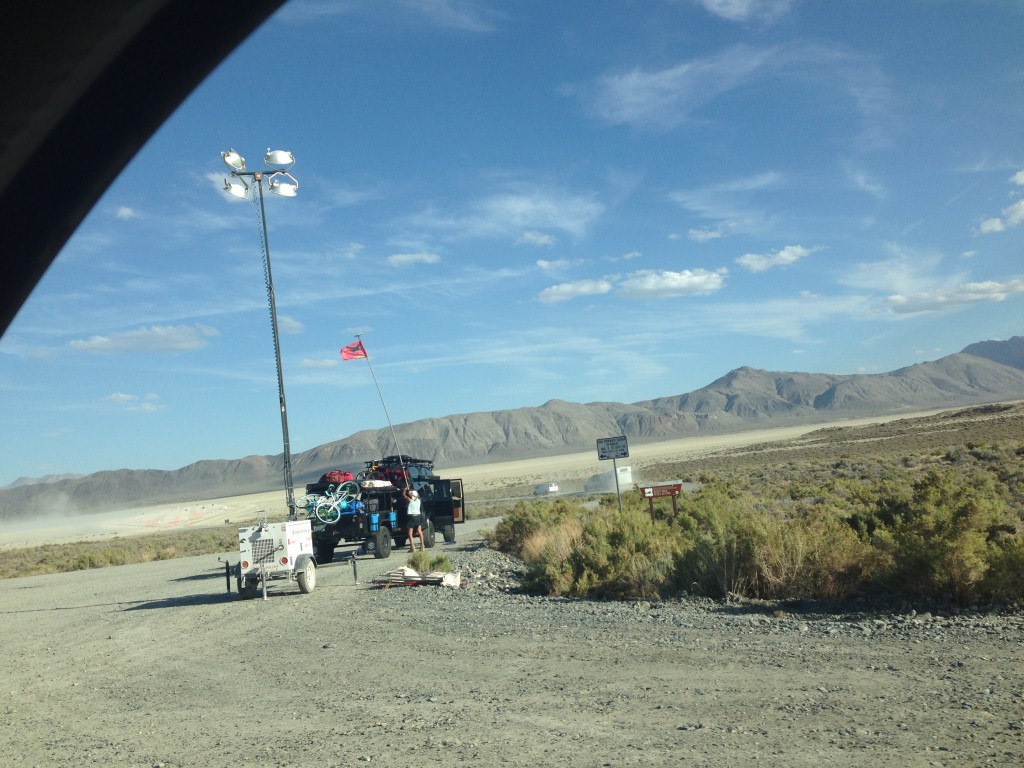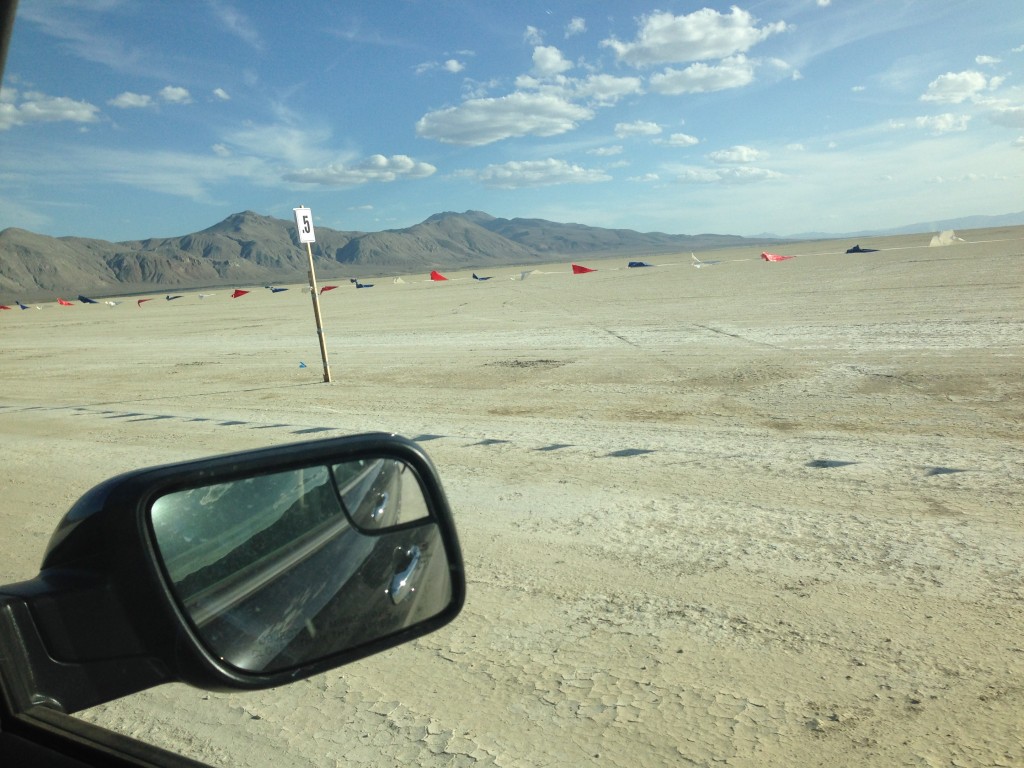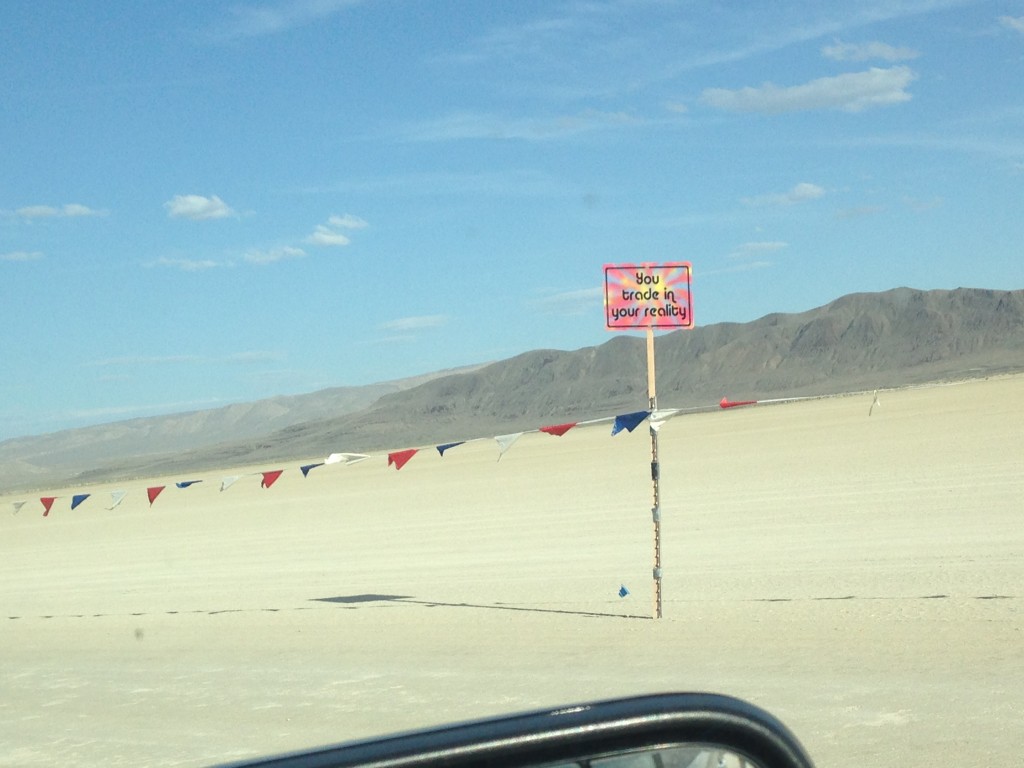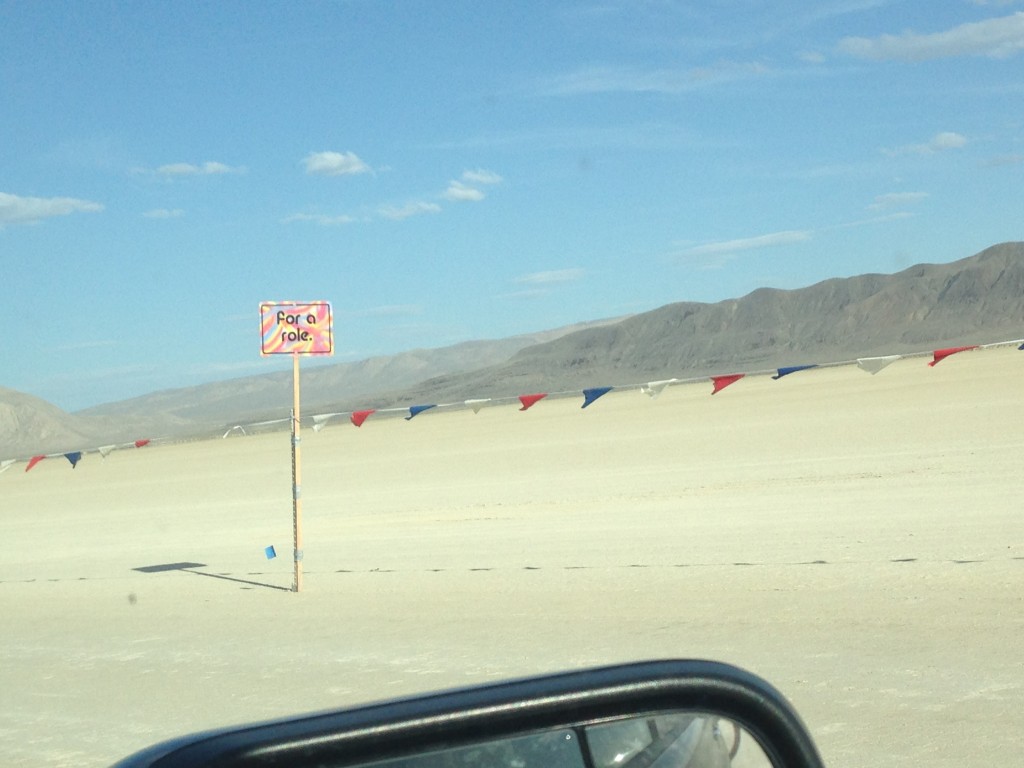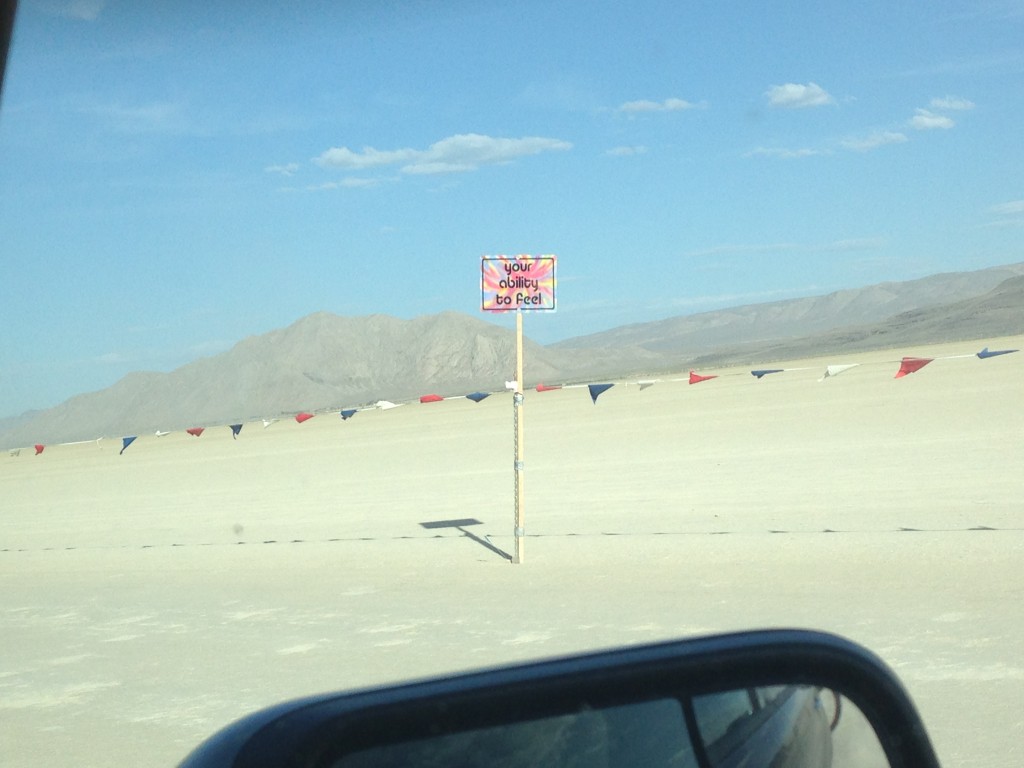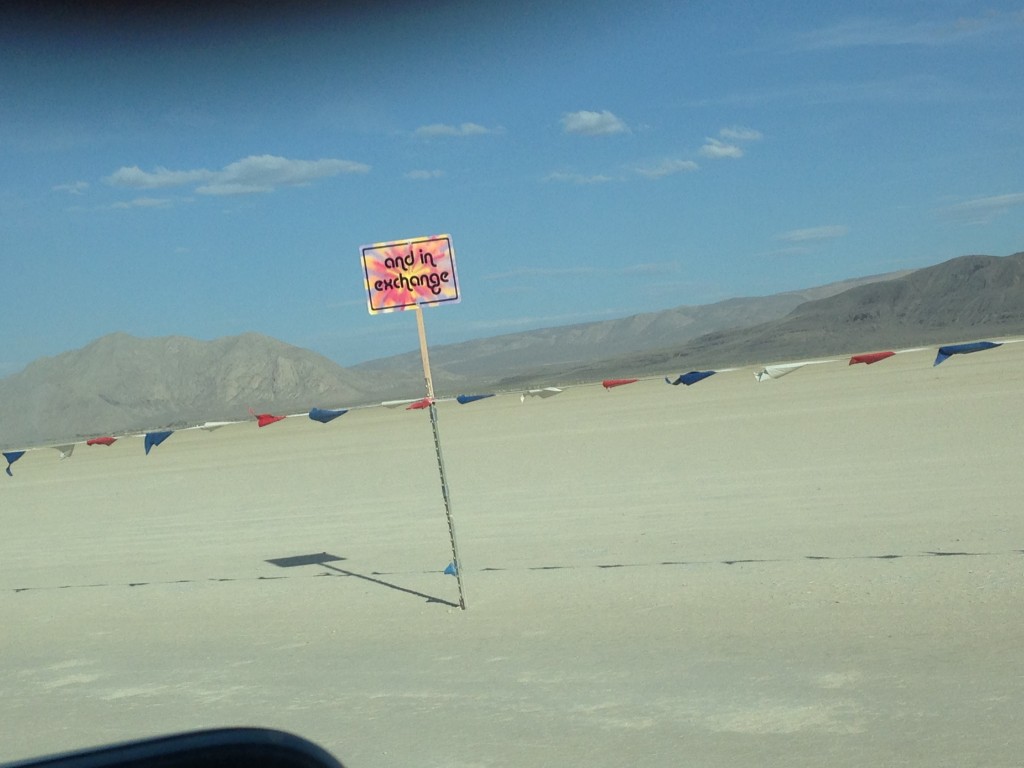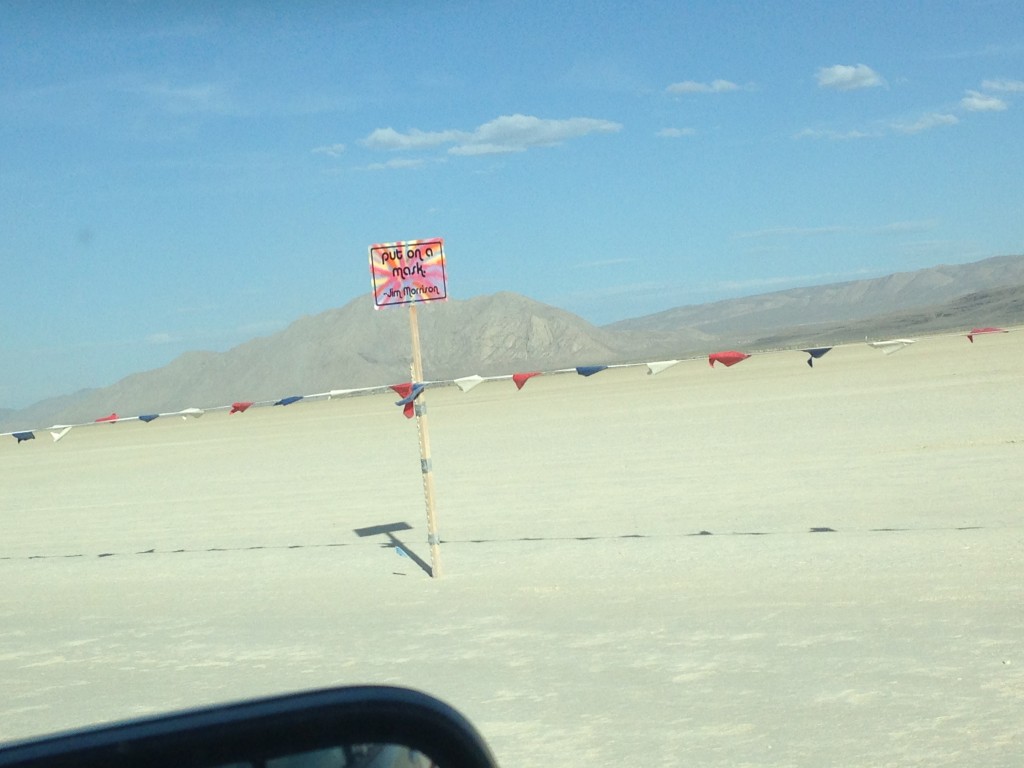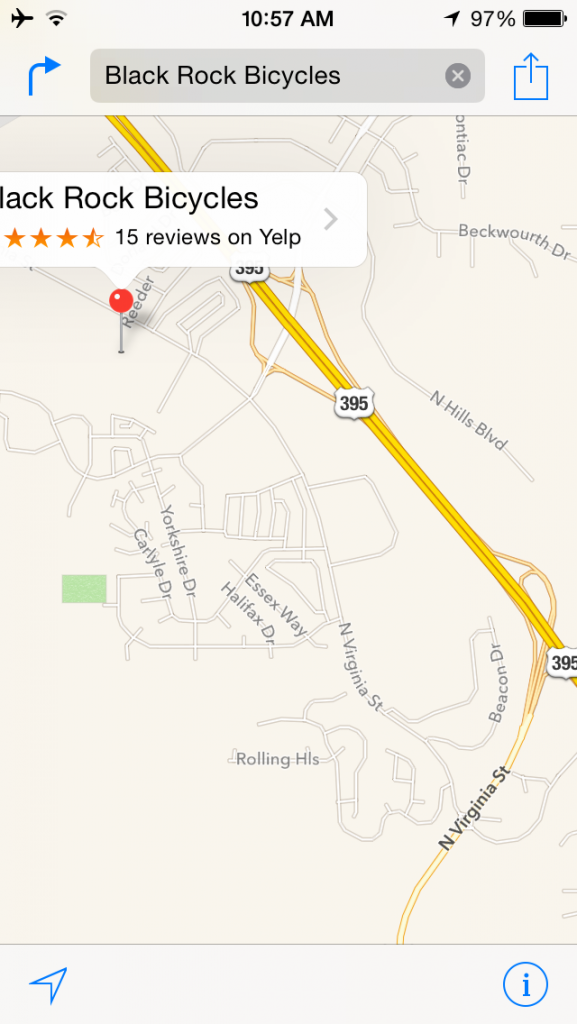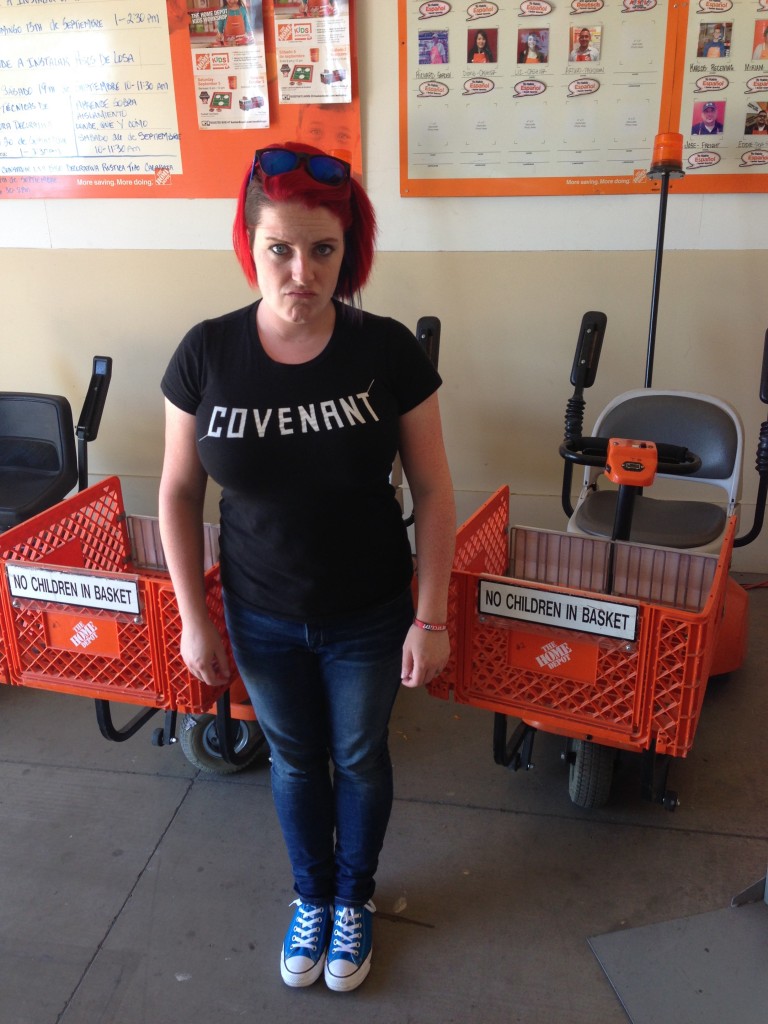I was talking with S earlier this week, and the idea came up for a post about the numbers that I remember and use for estimation. I enjoy the sobriquet ‘Magic Numbers’.
‘Magic Numbers’. They’re considered bad practice[1] in programming, but are such a useful and helpful part of human ‘back of the envelope‘ problem solving[2].
Water:
The ‘Magic Number’ which precipitated this post was the fact that one tonne[3] of water is one cubic meter in volume. Interestingly, this is actually a number of interlocking ‘Magic Numbers’, including: One tonne is one thousand kilograms, water has a density of 1 gram per cubic centimetre (‘density of 1’), one thousand is 10x10x10, one tonne is one thousand liters of water, one liter is one kilogram, etc, etc…
I mostly enjoy using this to respond to ‘I could eat a tonne of this’, or to estimate whether you could fit a tankerfull of oil in an office.
It is commonly known that ice will float on water, because the hydrogen bonds give the water molecules a structure which is more spaced out and less dense than close packed[4]. Also, water has its greatest density of about one at about 4 degrees C.
Density:
Incidentally, hydrocarbons have a density of about 0.7, so the tankerful of oil mentioned above would rather difficult to swim in. This 0.7 is close enough to 1.0 so as to make no difference for most back of the envelope questions. Strong acids are known to have densities greater than one[5], but that’s not really that useful most of the time.
The Earth has a density of on the order of five. Interestingly, while reading this, I learned that granite and quartz have a density of about three, much less than I had been assuming. No wonder pumice can float.
Gold has a density of about 20 (19 and change, when that matters). Osmium and Iridium are the densest, at around 22 and change.
On the list of interesting curiosities, Saturn is the only planet in the solar system known to have a density less than one, about 0.7! This was only useful in winning a scientific trivia contest with TJFN when I was young.
Scientific Constants:
Avogadro’s number is 6e23, Coulomb’s constant is 9e9, the ideal gas constant is 8.314 (I remember that one because it includes pi), G is 6.67e-11, the Planck constant is 6.63e-34. Most of these are useless without things like the mass or charge of an electron or proton. The only one I use is Avogadro’s number, and that’s largely to calculate how much of your body is made up of atoms which were once part of a particular famous person[7].
For atoms, what I’ve found useful is the fact that a proton is about 2000 times heavier than an electron, and that chemical bond distances are measured in Angstroms (1e-10m).
c is 3e8m/s, which is useful for Star Trek and Star Wars-type arguments. One atmosphere is 101.325kPa, or about 30 feet of water (which is important for divers).
Math constants:
Pi is 3.14159, or 22/7[6] to its friends. Pi comes up a lot.
e is about 2.718. e doesn’t come up very often.
log10(1) = 0
log10(2) ~= 0.301
log10(3) ~= 0.477
log10(7) ~= 0.845
log10(10) = 1
With these three, you can calculate all of the logarithms from one to ten, and much of everything else. In high school, we memorized all of the perfect squares up to 100^2, but most of those have fled from memory.
The (x+y)(x-y) = x^2 – y^2 trick still comes in handy, though.
Large Things:
The CN Tower is 553m tall, really only useful in Toronto.
The Earth has a radius of about 6380m, has an orbit of 93e6 miles (150e6km), useful for things like Dyson Sphere and Red Giant arguments.
The Earth is about 6e24kg, has a diameter of about 40,000km (at the equator), axial tilt of about 23.5 degrees (Uranus is the only planet with an axial tilt significantly greater, almost sideways!).
The sun is about 400x larger than the moon, and is about 400x further away, and this is why solar eclipses work.
Conversions:
1.609 km/mi (0.621 mi/km), 2.54 cm/in (by law!), 9/5+32 degrees C-> degrees F.
SGD, AUD, CAD, USD, EUR, GBP are pretty close in value, and are in that approximate order with only a factor of about 2 separating them. HKD has maybe 6-8 times per unit, CNY is in that general ballpark, and JPY has about 100 times per unit.
Miscellany:
My handspan is about 10″, which is very useful for measuring things.
Stories are about 2m tall.
3600s/hour, 86400 seconds per day, the Unix epoch started 1970-01-01, useful if you spend any time coding, or want to know how long something will take at ‘x per second’. (100k seconds per day is a useful gross approximation for many applications.)
And I would be remiss if I left out my favourite physics approximation (from the same class where I learned about Stirling’s approximation):
sqrt(10) ~= pi.
Thank you and good night.
[1]Although, compare some cases where they are considered not quite so bad practice.
[2]They are also almost essential for proper answering of ‘Fermi Questions‘.
[3]’Tonne’ means metric tonne, or 1000 kg. You can tell because it’s spelled in the French way, and SI (Systeme Internationale) was brought in while France was a preeminent country.
[4]I didn’t know what the actual structure of ice was before looking it up. Apparently, it’s tessellating hexagonal rings.
[5]’Add acid to water, like you oughta’, else you may melt the top of your beaker off.
[6]Really, it isn’t, but it’s a useful approximation sometimes.
[7]With some reasonable approximations, I remember it being billions of atoms with each breath.
